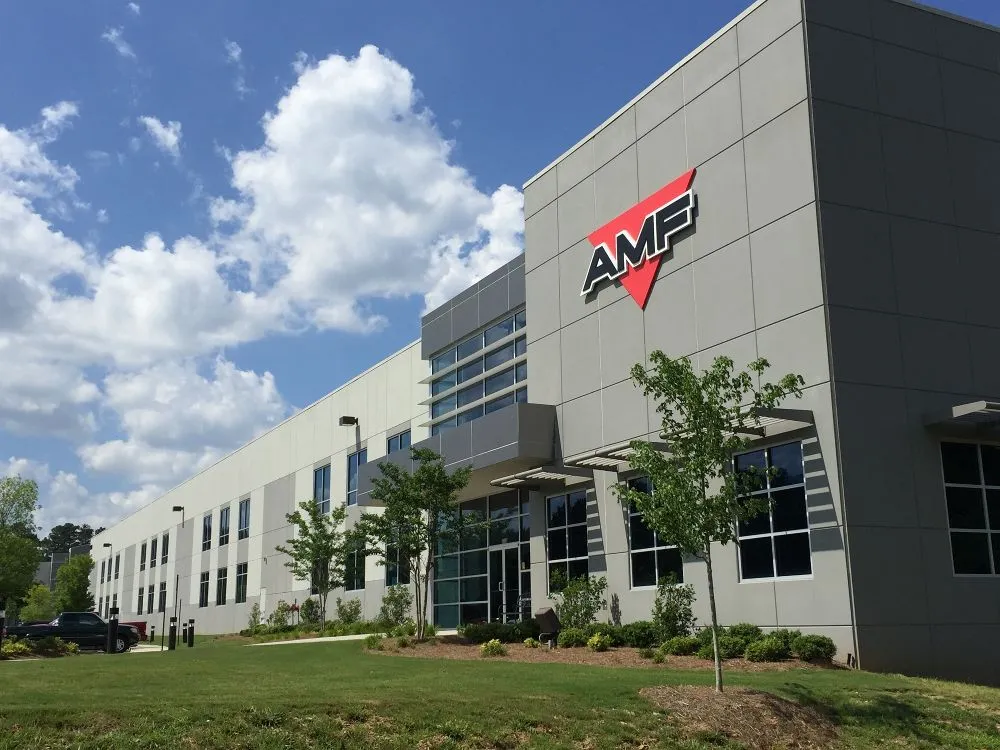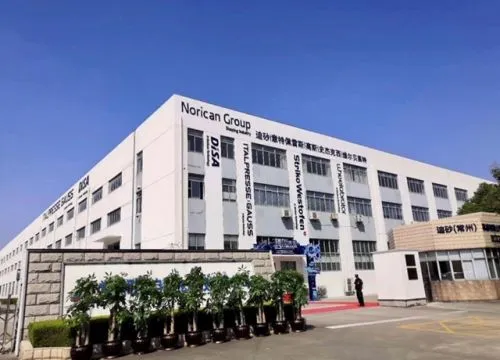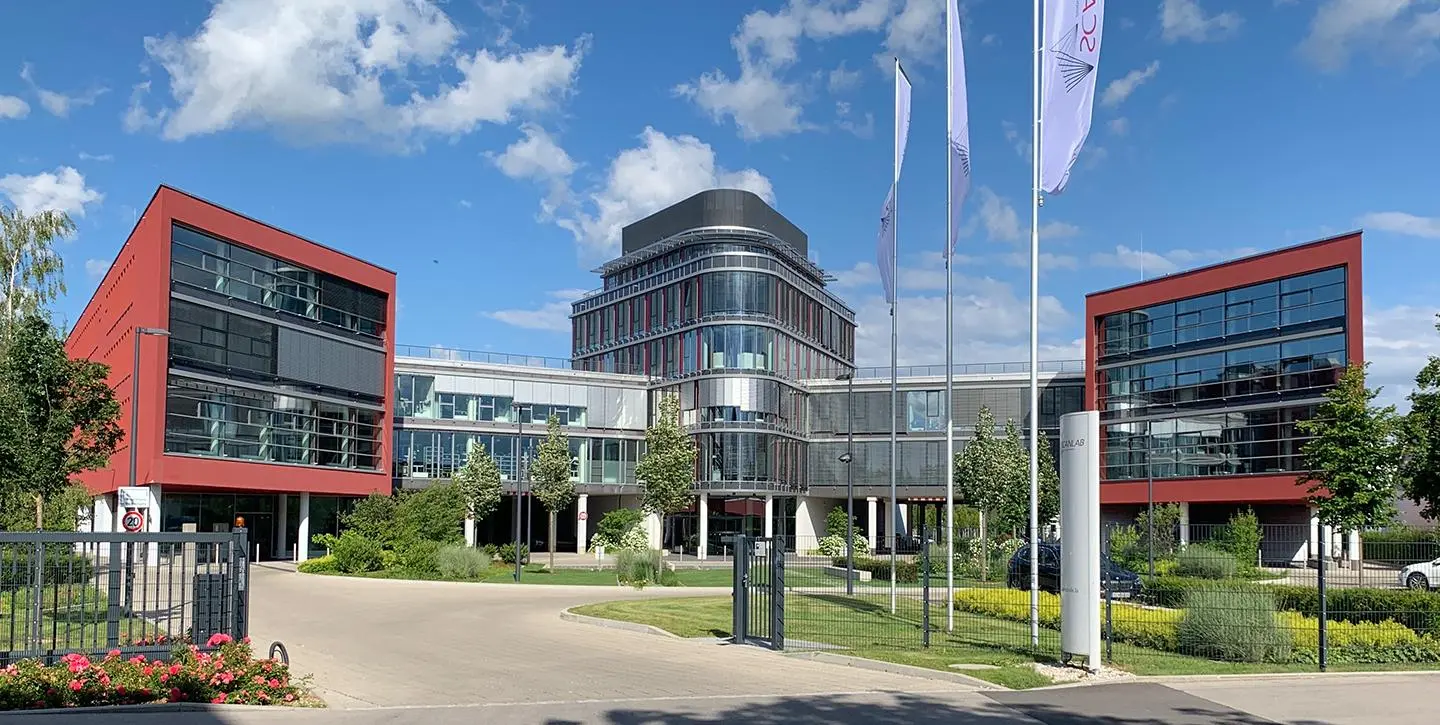Automotive Industry
Faster time-to-market
Throughout the first two decades of the 21st century, manufacturers within or connected to the automotive PLM industry had to accommodate major shifts to their production system: Pure mass production was slowly replaced by the leaner mass customization approach and due to the ever-stricter emission rules, the main focus was switched to alternative fuels, while still having the need for servicing vehicles with traditional, fossil fuel drivetrain.
In order to fulfill the specific customer needs while not elongating the different engineering processes, manufacturers have to be able to manage their shared engineering data, streamline the engineering processes and enhance reusability. In this context, PLM automotive strategies become increasingly crucial.
The PLM automotive system allows manufacturers to control and manage the entire lifecycle of their products, from initial concept through to retirement, in an integrated and coherent manner. The automotive PLM approach also allows for the efficient management of BOMs, documents, and other product-related information, while offering real-time insights and tracking of engineering changes. This effectively leads to the streamlining of operations and the potential to bring innovative, customized products to the market faster, thereby enhancing competitive advantage in the automotive PLM industry.

Challenges of non-embedded PLM and ERP systems
Benefits for Automotive Industry Companies
Handle quality actions in your PLM system
Create and keep track of warrants, supplier claims, corrective action requests and other quality management elements within the PLM system to easily determine and act on problematic products.
Manage engineering changes via workflows
Use advanced workflows of Bluestar PLM to manage and control different types of engineering changes, such as BOM change or mass replacement. With setting up task-specific responsible users or user groups, rules and notifications, communication going back and forth between people involved in a change can be minimized, while increasing the change’s transparency.
Information and data flow between CAD and ERP
Having the PLM embedded within the ERP and integrated with numerous 2D and 3D CAD systems fades the boundaries in between the systems, enhancing the traceability of data and supporting collaboration between different teams. Allowing engineers to access manufacturing data, or purchasing teams to view drawings and documents easily.
Organize and reuse existing data
Utilize existing engineering data via machine intelligence-driven CAD-reuse or by standardized classification and attributes that can be used for identifying or auto-generating naming and description.
Synchronize data between engineering sites
By using a shared database, all engineers and non-engineers within the system have the opportunity to access the single source data, helping in standardizing and reusing data. Accessibility and visibility can be restricted and managed by the company’s internal rules.
Share data easily
Export and share engineering data – including CAD files and documentation – BOM reports with suppliers, sub-suppliers or between non-connected sites in a smart and controlled manner.
What have our customers accomplished?

Automated Bakery Equipment Solutions
Achieved 150% revenue growth, due to PLM and ERP implementation. Errors were reduced, and quality management boosted product reliability and customer satisfaction. Streamlined processes increased productivity across all functions…




